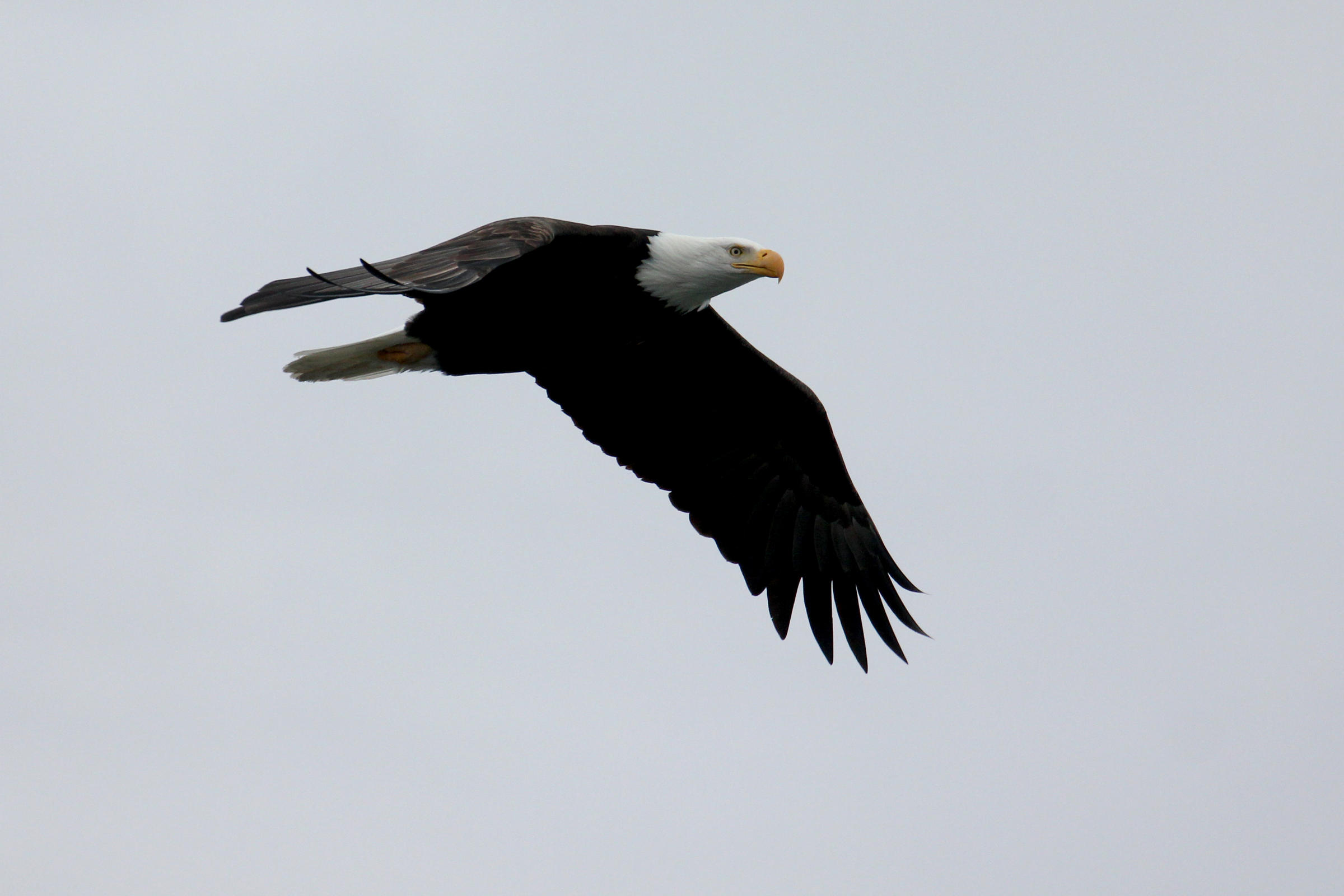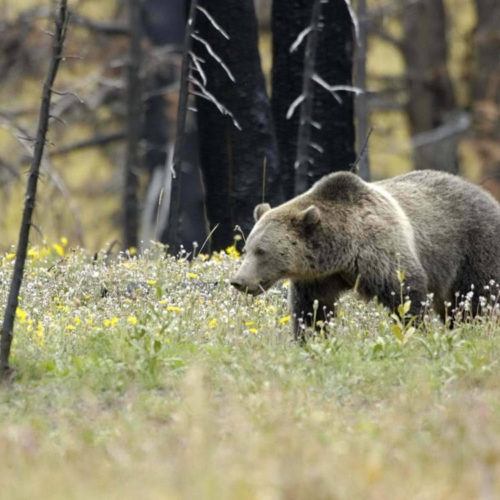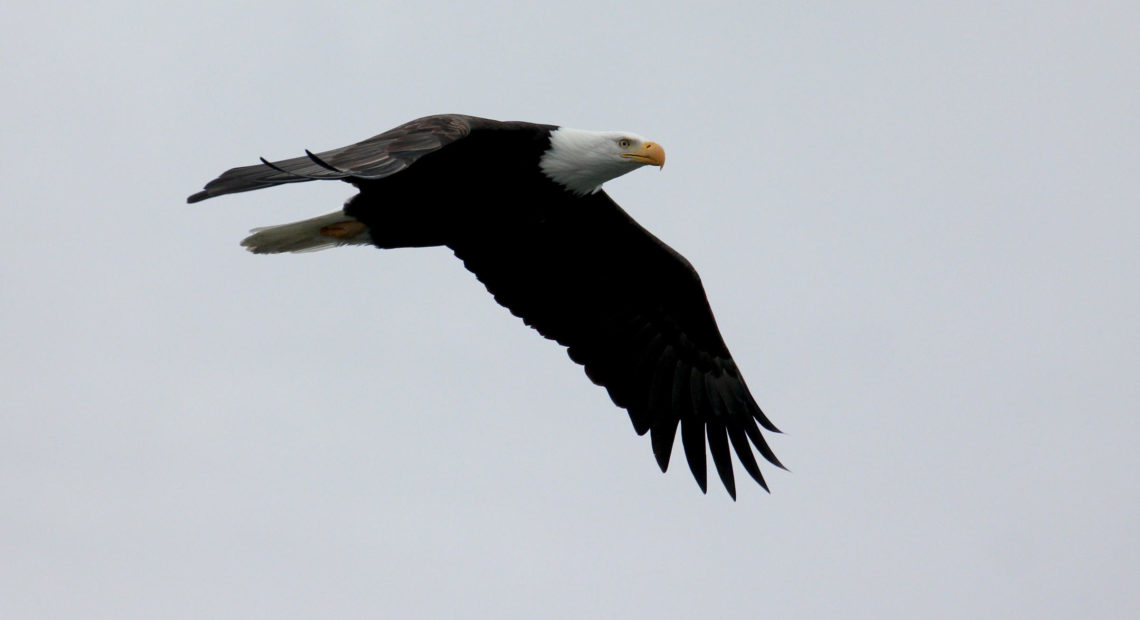
Trump Administration Makes Major Changes To Endangered Species Protections
Read On
BY NATHAN ROTT
In a move that critics say will hurt plants, animals and other species as they face mounting threats, the Trump administration is making major changes to how the Endangered Species Act is implemented. The U.S. Department of Interior Monday announced a suite of long-anticipated revisions to the nation’s premier wildlife conservation law, which is credited with bringing back the bald eagle and grizzly bears, among other species.
Republican lawmakers and industry groups celebrated the revisions, some of the broadest changes in how the Endangered Species Act is applied in its nearly 50-year history.
They come at a moment of crisis for many of the world’s plant and animal species. As many as one million species are at risk of extinction – many within decades – according to a recent UN report.
Wildlife groups and Democratic lawmakers, pointing to that document, are promising to challenge the new rules in Congress and in court.
“Now is the time to strengthen the ESA, not cripple it,” said New Mexico Senator Tom Udall on a press call.
Interior Secretary David Bernhardt says the revisions will help conservation efforts, and will increase transparency around the law.
One of the changes will allow economic costs to be taken into account while determining whether a species warrants protection.
Another will weaken the initial protections given to species deemed to be threatened, one step shy of being endangered.
The changes will only apply to future listing decisions.
U.S. Commerce Secretary Wilbur Ross says the changes fit “squarely within the President’s mandate of easing the regulatory burden on the American public, without sacrificing our species’ protection and recover goals.”
The Endangered Species Act has maintained broad bipartisan support since its inception in 1973, but it has long drawn the ire of some who see it as being overly restrictive to business.
Ranchers, developers and fossil fuel companies have urged Republican lawmakers to change the act for decades. The regulatory overhaul announced by federal officials addresses some of their concerns, but some say it doesn’t go far enough.
“These final rules are a good start, but the administration is limited by an existing law that needs to be updated,” said Wyoming Senator John Barrasso (R), in a statement. “We must modernize the Endangered Species Act in a way that empowers states, promotes the recovery of species, and allows local economies to thrive.”
Modernizing the Endangered Species Act is something that’s discussed by Democrats, Republicans and career staff at federal and state wildlife agencies, but there’s little agreement on what that modernization should look like.
Republicans talk about improving efficiency. Democrats talk about increasing protections. Both, at times, talk about the need for more money to fund wildlife conservation.
A bipartisan effort to increase that funding is in Congress now.
Many of the changes the Trump administration is rolling out address shared administrative concerns about the Endangered Species Act, says Jake Li, the director for biodiversity at the Environmental Policy Innovation Center. Others, he says, are problematic and weaken the bedrock law’s effectiveness.
Among them, limiting which habitat — and how much of it — gets considered in determining whether a species is endangered. Land a species currently occupies would be the priority. But wildlife advocates say that could make it harder to account for threats from the warming climate, which have shrunk habitat for some species and will force others to migrate to new areas.
Numerous environmental groups and state attorneys’ general vow to sue the administration over the changes, alleging they are illegal because they’re not grounded in scientific evidence.
“We don’t take these challenges lightly,” said California Attorney General Xavier General Becerra during a conference call. “We don’t look to pick a fight every time this administration decides to take an action. But we challenge these actions by this administration because it is necessary.”
Related Stories:
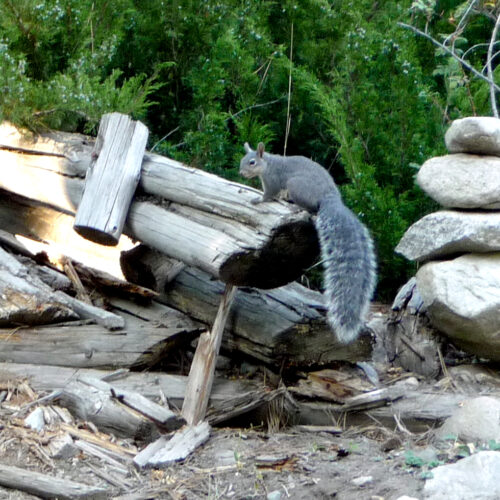
Washington may upgrade Western gray squirrel to ‘endangered’ status
A Western gray squirrel. (Courtesy of the Washington Department of Fish and Wildlife.) Listen (Runtime 0:57) Read Washington’s Western gray squirrels are in trouble. So much so that state officials… Continue Reading Washington may upgrade Western gray squirrel to ‘endangered’ status
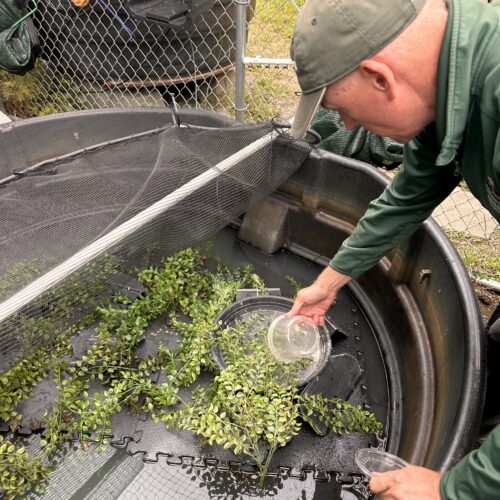
Northern leopard frogs growing leaps and bounds at Northwest Trek, preparing for re-release in the wild
At Northwest Trek in Eatonville, Washington, there are about 300 northern leopard frogs, named for their spotted skin, swimming around in four tanks and getting ready for their new home.
The frogs are part of a conservation project that Northwest Trek is partnering with the Washington Department of Fish and Wildlife, the United States Fish and Wildlife Service, the Oregon Zoo and Washington State University on. The goal is to restore this native species, which became endangered in the state in 1999. Continue Reading Northern leopard frogs growing leaps and bounds at Northwest Trek, preparing for re-release in the wild
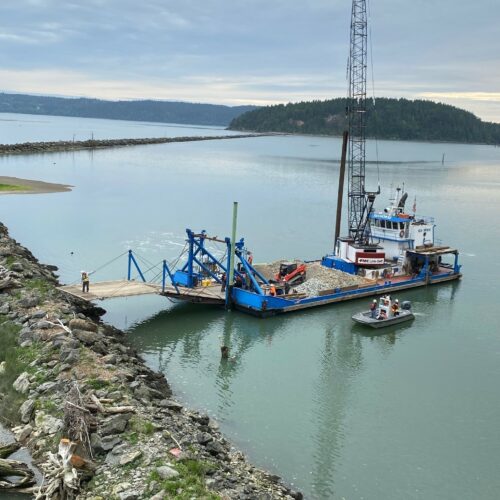
Dead salmon prompt Army Corps of Engineers to repair Skagit River jetty
The Army Corps of Engineers began emergency repair work May 22 on a jetty that sits at the mouth of the Skagit River’s North Fork, near La Conner.
Crews will use cobble and sediment to essentially plug porous areas of the McGlinn Island Jetty. Those gaps have stranded, harmed or killed out-migrating juvenile salmon this spring, according to a press release from the Swinomish Indian Tribal Community.
Continue Reading Dead salmon prompt Army Corps of Engineers to repair Skagit River jetty

